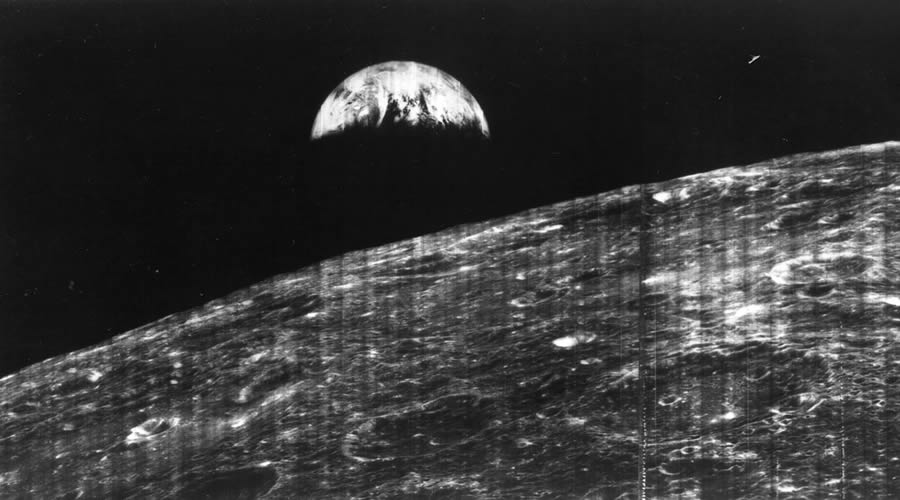Digital Processing
13.20 - Know that most modern astronomical observations are recorded using digital sensors that convert light into electrical signals, which can then be processed and stored as data files
Lunar Orbiter 1 orbited the Moon in 1966 taking photographs through a camera onto film which was then processed, developed and scanned then beamed back to Earth by radio signal.
In contrast the Lunar Reconnaissance Orbiter Camera launched in 2009 has 3 cameras onboard which can beam back high-resolution images.
The concept of turning light into electrical signals is seen in every digital camera and almost every mobile phone.
Light passes through a lens and light is allowed in through a shutter. The light hits a sensor. The sensor (usually a CCD or CMOS*) measures the electrons received and a bayer filter over the CCD measure red, green and blue colours. This is then processed into an image and the information is then saved to a computer file.
Using digital photography is efficient as takes away the delay and work involved in manually processing film. It allows images to be immediately available, enhanced, and shared within the astronomy community.
*CCD = charge-coupled device, CMOS = Complementary Metal-Oxide-Semiconductor

_for_Ultra-Violet_and_Visible_Detection.jpg)

 | © All Rights Reserved |
| © All Rights Reserved |